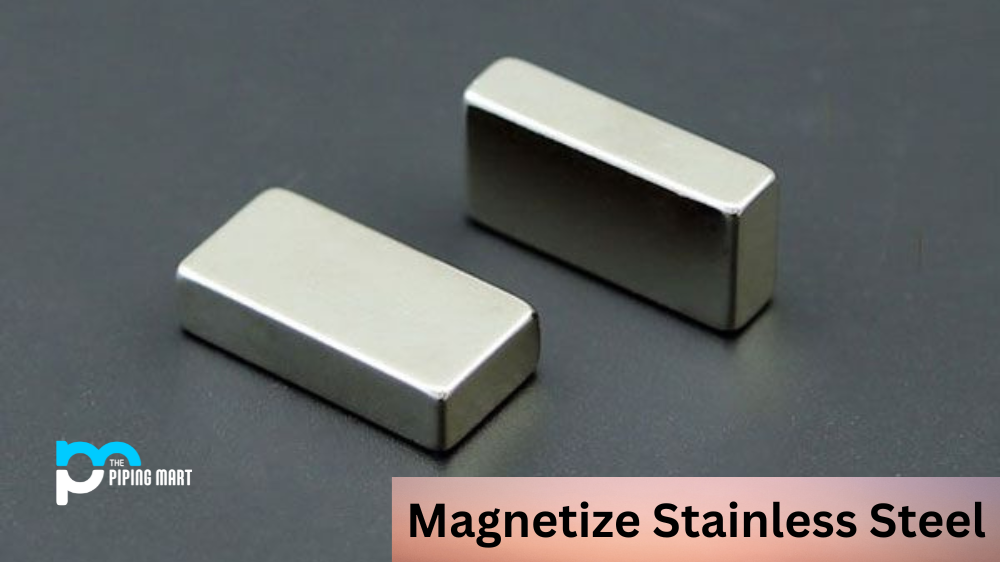Many factors must be considered when choosing the right steel material for various applications. Popular material manufacturers use stainless steel, known for its high strength, durability, and corrosion resistance. However, deciding which type of stainless steel can be confusing, especially when considering ASTM A240 and A480. This blog post will discuss the difference between these two standards to help you make an informed choice.
Difference Between ASTM A240 and A480
Two main standards are commonly used for stainless steel sheets: ASTM A240 and ASTM A480. These standards are designed to provide similar results but have some key differences. Here’s a look at the key differences between ASTM A240 and ASTM A480:
Chemical Composition
One of the key differences between these two standards is the chemical composition. ASTM A240 defines chromium, molybdenum, nickel, manganese, silicon, copper, titanium, vanadium, and nitrogen limits for stainless steel plate, sheet, and strip products. On the other hand, ASTM A480 defines chromium, cobalt, molybdenum, nickel, and chromium-nickel limits for flat-rolled stainless and heat-resisting steel products.
Thickness Tolerances
Another difference between these two standards is the thickness tolerances. ASTM A240 has stricter tolerances than ASTM A480 when it comes to thickness. For example, the thickness tolerance for ASTM A240 Type 304L Plate is ±0.024″ while the tolerance for ASTM A480 Type 304L Plate is ±0.030″. This means the former can be up to 0.006″ thinner.
Flatness Tolerances
The flatness tolerances are also different between these two standards. The flatness tolerance for ASTM A240 Type 304L Plate is ±0.010″ while the tolerance for ASTM A480 Type 304L Plate is ±0.005″. This means the former can be up to 0.005″ thicker than the latter.
Heat Treatment Requirements
Finally, there are also differences in the heat treatment requirements between these two standards—for example, Annealed material of ASTM A24.
Conclusion
In summary, ASTM A240 and A480 are standards that specify stainless steel plates, sheets, and strips for different applications. ASTM A240 is suitable for high-temperature and corrosive applications, while ASTM A480 is ideal for general purposes. The former has more processing requirements, stricter tolerances, and a broader thickness and width range compared to the latter. When choosing between ASTM A240 and A480, consider the intended use, processing requirements, thickness and width range, and tolerances to ensure optimal performance and quality.

Meet Bhavesh, a seasoned blogger with a wealth of knowledge and experience. From metal products manufacturing to retail, Bhavesh has a diverse background in various industries and is dedicated to sharing his insights and expertise with readers.




